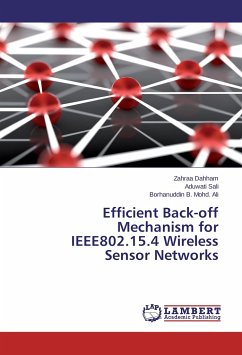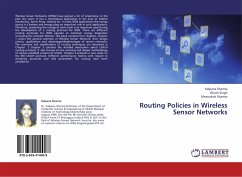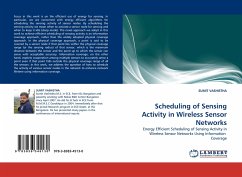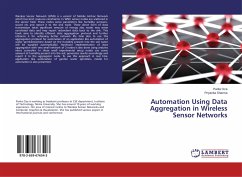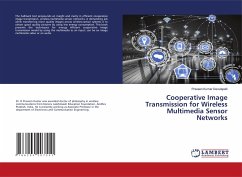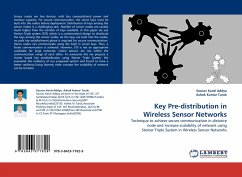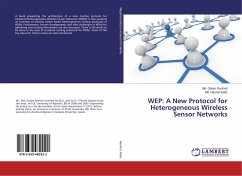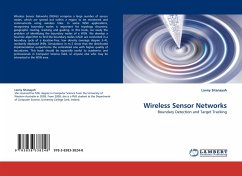
Wireless Sensor Networks
Boundary Detection and Target Tracking
Versandkostenfrei!
Versandfertig in 6-10 Tagen
32,99 €
inkl. MwSt.

PAYBACK Punkte
16 °P sammeln!
Wireless Sensor Networks (WSNs) comprise a large number of sensor nodes, which are spread out within a region to be monitored and communicate using wireless links. In some WSN applications, recognizing boundary nodes is important for topology discovery, geographic routing, tracking and guiding. In this book, we study the problem of identifying the boundary nodes of a WSN. We develop a heuristic algorithm to find the boundary nodes which are connected in a boundary cycle of a location-free, low density (average degree 3 4), randomly deployed WSN. Simulations in ns-2 show that the distributed im...
Wireless Sensor Networks (WSNs) comprise a large number of sensor nodes, which are spread out within a region to be monitored and communicate using wireless links. In some WSN applications, recognizing boundary nodes is important for topology discovery, geographic routing, tracking and guiding. In this book, we study the problem of identifying the boundary nodes of a WSN. We develop a heuristic algorithm to find the boundary nodes which are connected in a boundary cycle of a location-free, low density (average degree 3 4), randomly deployed WSN. Simulations in ns-2 show that the distributed implementation outperforms the centralized one with higher quality of boundaries. This book should be especially useful to academics and professionals in Computer Science field, or anyone else who may be interested in the WSN area.



